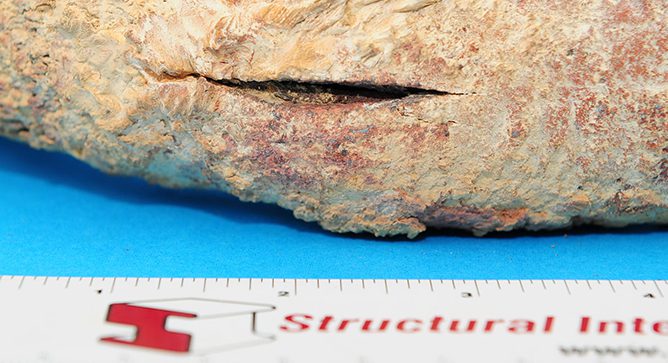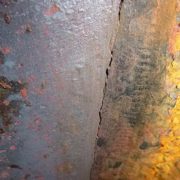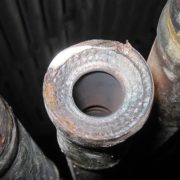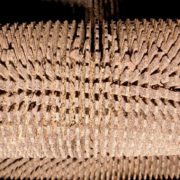News & Views, Volume 44 | Metallurgical Lab Featured Damage Mechanism – Long-Term Overheating/Creep (LTOC) in Steam-Cooled Boiler Tubes
By: Terry Totemeier

Mechanism
The mechanism of failure for LTOC is simply the accelerated accumulation of creep damage in the component over a span of time that is well short of the anticipated design life, but sufficiently long that creep is the dominant damage mode. This damage is typically associated with the operation of the tube above the oxidation limit for the material involved. This has two effects, which both contribute to long-term creep failure: reduction in wall thickness due to oxidation loss, and build-up of oxide on the tube internal surface, which insulates the tube from the cooling effect of the steam, leading to increasing tube metal temperatures over time.






